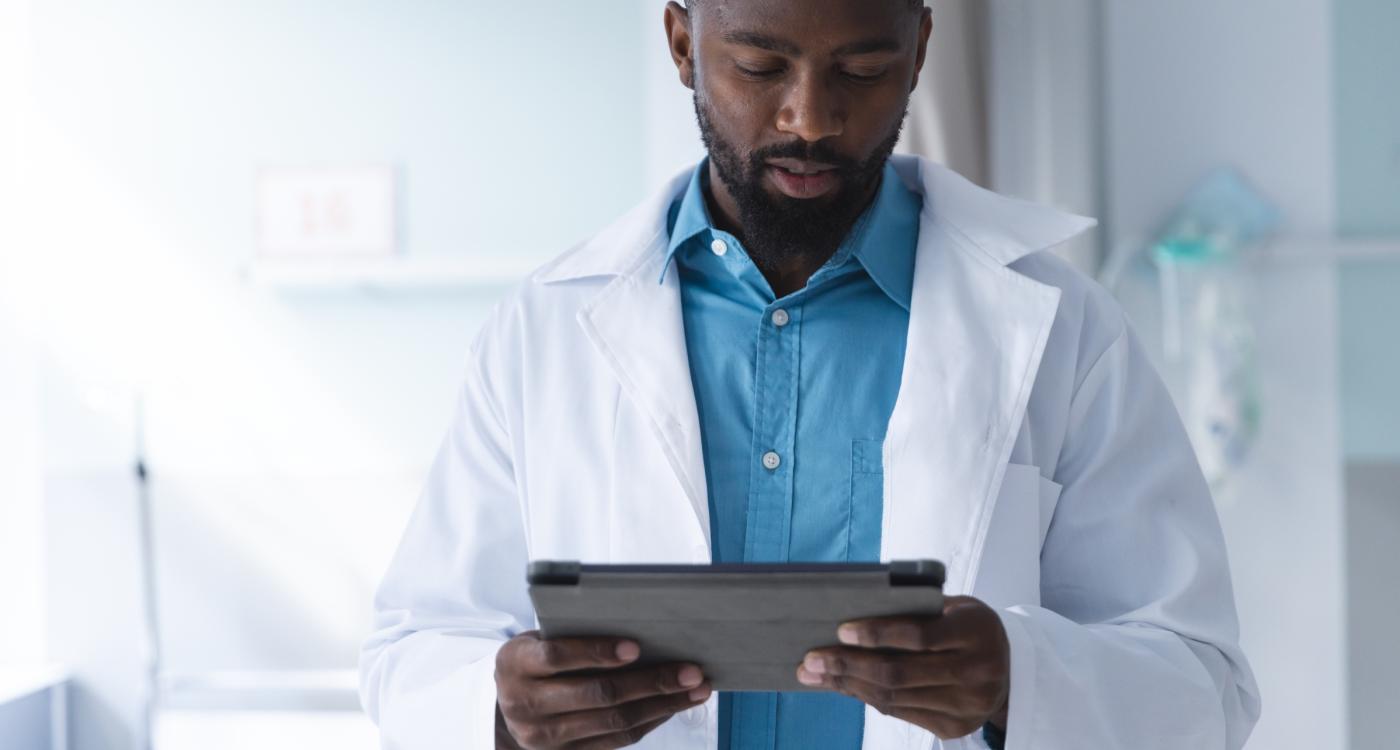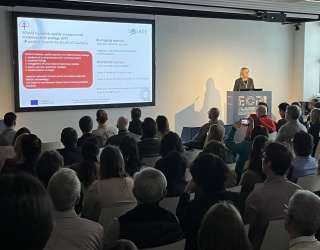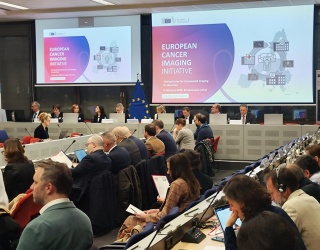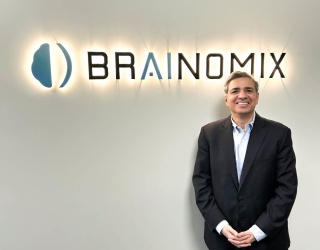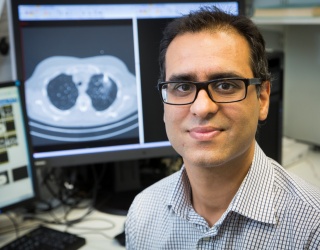If you ask most people to define healthcare, they’ll likely describe what happens after someone becomes sick and begins receiving care. But could healthcare begin before illness ever showed up? Rather than waiting for patients to experience symptoms, what if care started with prevention, early detection, and access to critical diagnostic tools?
Screening healthy people for a range of diseases makes early detection and intervention possible. Depending on the disease, those diagnosed before symptoms arise could potentially slow or even avoid onset. Finding diseases, like cancer, at earlier stages increases a patient’s treatment options and the likelihood of survival. By expanding screening for a range of diseases, more people would have the chance to stay healthy longer – and this shift has the potential to significantly transform population health.
Why imaging and screening are the future of population health
Radiology plays a central role in early detection, often serving as the first step toward diagnosis and treatment. That’s why imaging is key to the shift from reactive to proactive care. Early disease detection is foundational to advancing population health.
There are huge benefits to screening higher volumes of healthy people for the earliest signs of disease, when onset can still be avoided, slowed or more easily treated. Identifying diseases like cancer or neurodegenerative conditions before symptoms emerge can lead to earlier intervention, more effective treatment, and better patient outcomes. Screening programs for breast and lung cancer already show how imaging powered by AI helps radiologists detect cancer at earlier, more treatable stages – that's life-changing.
In addition to improving detection rates, AI-powered solutions can also streamline the imaging workflow and create better experiences for care teams – from reducing recalls and reporting times to enabling remote image acquisition and collaboration – making large-scale screening programs easier and more feasible to deliver. Not only does this make screening programs more effective, it helps give more people access to early disease detection through screening.
Moving from high-tech to high-impact
My own journey into healthcare began as a teenager facing a rare finding that was difficult to diagnose. The technology existed to help me, but it wasn’t easily accessible. I remember months of stress, uncertainty, and travel to get the care I needed. That experience left a deep impression on me – not just about the importance of early diagnosis, but about the painful gap between innovation and access. Since then, I’ve spent my career focused on closing that gap: helping deliver meaningful innovations that don’t just push boundaries but actually reach the people who most need them. A sophisticated diagnostic tool, for example, is meaningful only if it’s available to patients when they need it.
Innovation is not about the most complex technology – it’s about the right technology, applied in the right way. That’s why our population health strategy focuses on improving access to high-quality imaging and helping make early disease detection through screening available to more people.
Whether it's screening for breast, lung or prostate cancer or early work in neurodegenerative conditions, the aim is to reach more people with smarter and more efficient care. Accomplishing this requires not only leveraging AI-powered clinical solutions, but also embedding AI in cloud-native, interoperable systems that plug into existing workflows, so it’s easy for practices to deploy and seamless for radiologists to use. That’s what we’re doing at DeepHealth.
The power of clinical integration
One of DeepHealth’s most important – and unique – strengths in the health technology industry is our vertical integration with RadNet, a leading provider of diagnostic imaging services in the US. This close connection with RadNet positions us at the intersection of clinical insight and technical innovation. We don’t build in isolation – we build alongside providers and patients, innovating in response to the challenges radiologists and care teams are experiencing on the ground.
Our AI-powered solutions are solidly driven by clinical needs, not theoretical ones, with the ability to rapidly validate and iterate in clinical practice – which means we can scale faster and make a greater impact. I’m not aware of any other health informatics company that has this kind of relationship.
Advancing population health on a global scale
Today, DeepHealth’s focus is on expanding large-scale screening in the US and Europe. But with rising non-communicable diseases, like cancers, the global demand for imaging and skilled radiologists and technologists will continue to grow. In many countries, access to basic diagnostic imaging is still limited or nonexistent, and in these settings, AI-powered solutions could play a transformative role, helping to close gaps where clinical expertise is scarce.
This isn’t about replacing clinicians; it’s about supporting clinical teams, reducing unnecessary non-clinical tasks, and figuring out how to make preventive care, early detection, and critical diagnostic tools more available to more people. But to achieve these more revolutionary population health advances, we need collaboration among health technology companies, as well as with governments, regulators, and NGOs. The future of health will be shaped not only by the technology we innovate, but by how, when and where the care powered by our innovations is delivered.
Unleashing AI’s full potential to radically improve population health
To put it another way, the next frontier of healthcare will not be defined by novel but impractical advances. The future will be shaped by health innovation that drives large-scale impact: How many additional patients were reached? How many conditions were caught earlier? How did the solutions make it easier to deliver care?
By harnessing the power of AI, earlier disease detection through screening becomes possible for more people. This important shift in thinking isn’t a short-term strategy for DeepHealth. It’s central to our purpose. It is why we are empowering breakthroughs in care through imaging. We see a future where care begins with health, not illness, and AI-powered healthcare solutions help people live longer, healthier lives.

